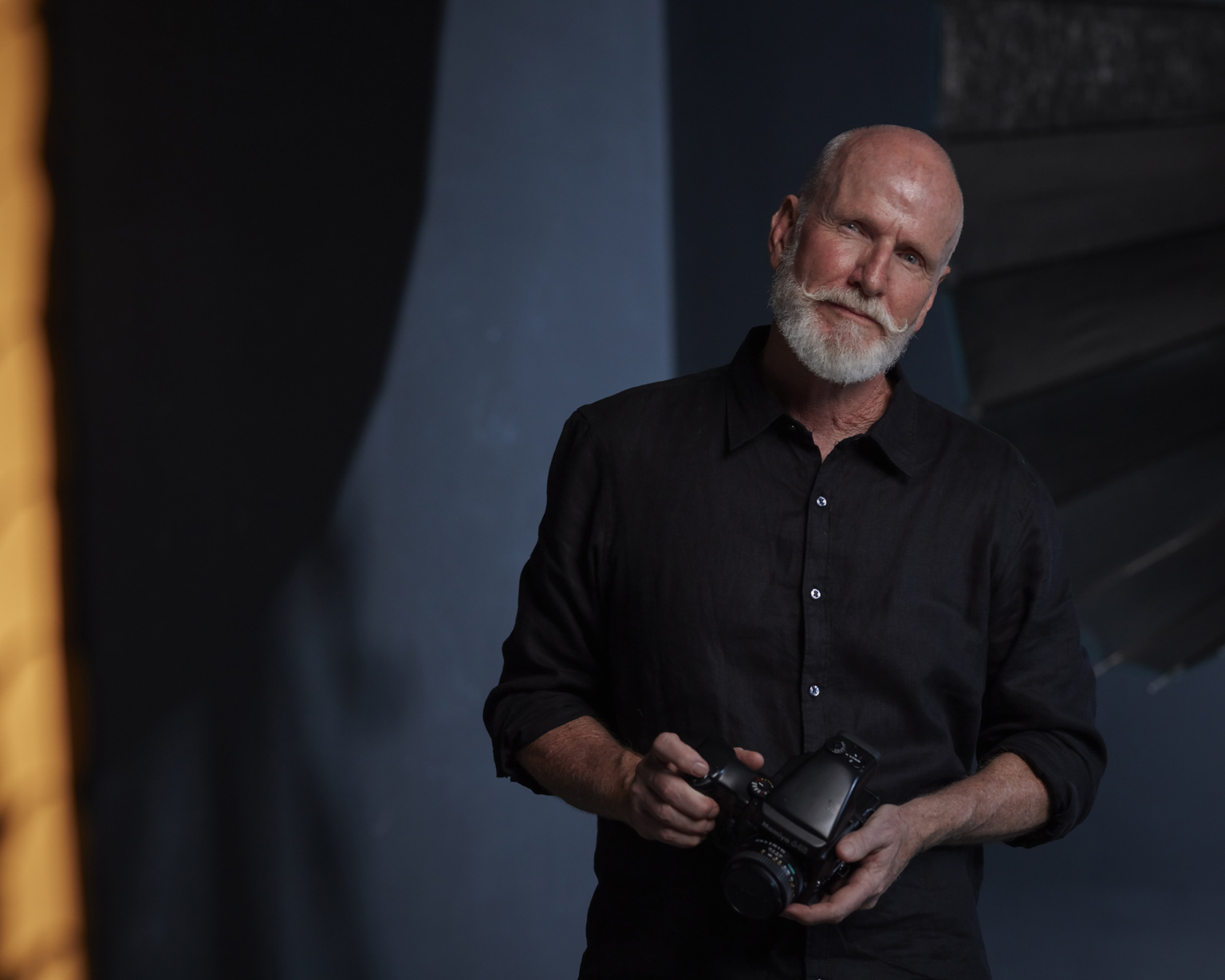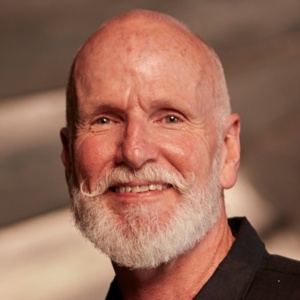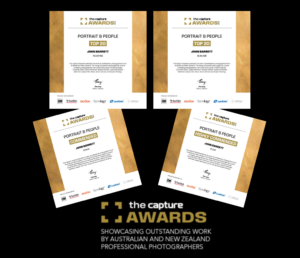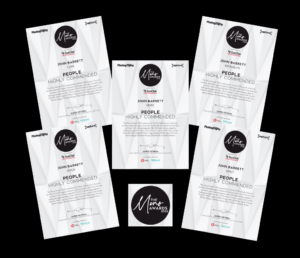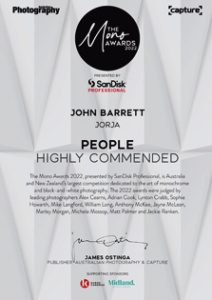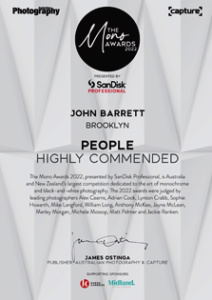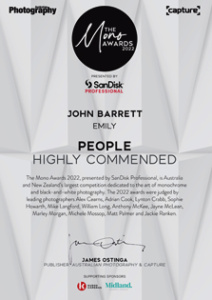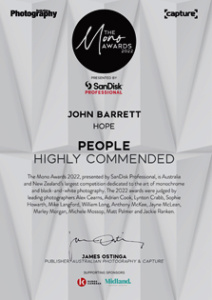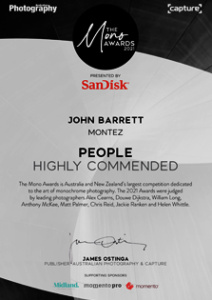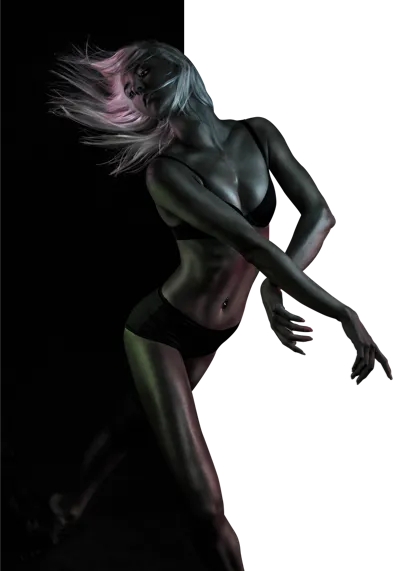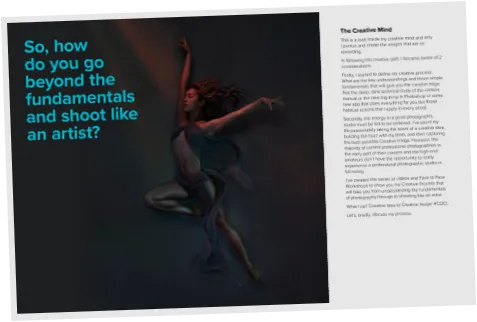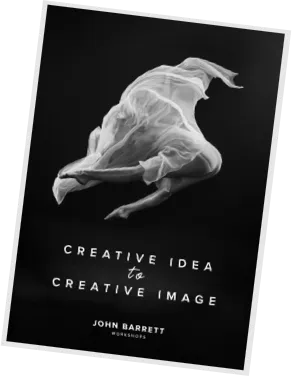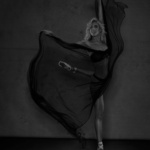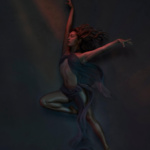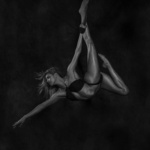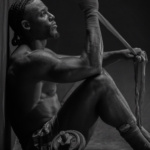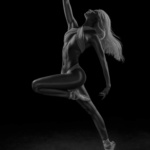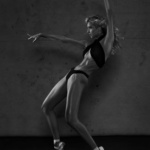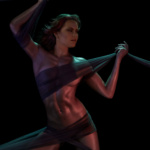If you want to learn how to become a great photographer, read on.
In my experience as a professional photographer in Australia for 47 years, starting as a Fashion Photographer, and then adding Advertising Photographer to my list of accomplishments, capturing great images that are of value requires more than technical skills or the newest gadgets and software.
The crucial skill that every photographer must have for success!
If you want to become a great photographer, there is one crucial skill that you need to master whether you’re an advancing professional or a passionate amateur.
Creative Problem Solving
I mean this in two ways.
- Problem solving for a creative idea.
- Creative solutions to fundamental problems.
Throughout the creation of a great image you are constantly confronted with decisions to be made.
This creative problem solving contributes to the photographer being able to create a unique style and vision, the photographer’s most valuable asset.
The starting point is always with the Creative Idea.
My years as a professional photographer based in both Sydney & the Gold Coast training keen assistants and more recently as a photography mentor presenting photography courses on the Gold Coast it becomes obvious that many photographers don’t think about the image until they lift the camera to their eye.
Too late!
Once you have the spark of an idea or you’ve been presented with a creative concept you must be able to start previsualising the end image. Every idea presents its own set of challenges. Before even picking up the camera you need to identify the key elements and start to develop effective solutions.
Always remember, Creative Problem Solving is not a talent you have from birth, but one you develop.
When mastering how to become a great photographer, you must learn from each experience. Continuously adding to your knowledge by analysing past successes and failures. What worked? What crashed and burned? This refinement of the Creative Process leads to constant growth and improvement. This allows the photographer to develop new techniques, guarantee a consistent creative outcome and ultimately enhance their ability to reach their artistic goals.
Developing the Creative Vision
In this initial phase the photographer considers all aspects of the Creative Vision. The talent, the environment, the setting, the look and feel emotionally. How to mix the recipe to achieve the desired image?
It’s at this point that the photographer must expand their thinking. Break away from the normal approach and look for alternate perspectives.
How can different lighting, angle, composition or technique enhance the end image?
What is my unique stamp that I can create for this image – these are all things you need to consider when learning how to become a great photographer.
The Decisions
After I’ve developed a unique Creative Vision I then go through a checklist of those key aspects that will be the foundation that I can build from with my creative imagination. I’ve covered these key decisions in my Creative Photography Workshops whether One on One Photography Mentoring, Fine Art Photography Workshop or the Online Photography Workshops video series.
Aperture
Changing the aperture means the final image will have a completely different impact depending on the aperture chosen and hence the Depth of Field (check out my blog on aperture to find out more).
Choose a shallow depth of field by shooting at f1.4 – f4 or hold focus throughout with f11-f22.
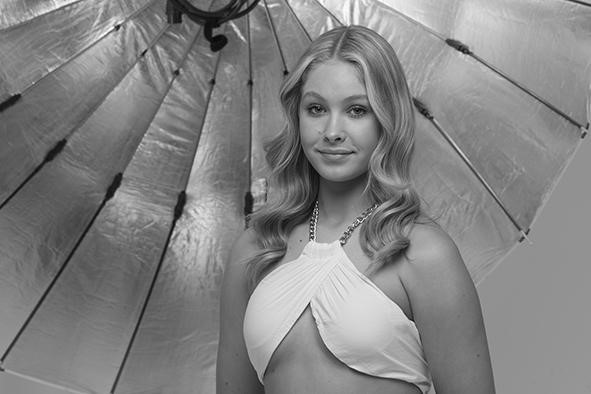
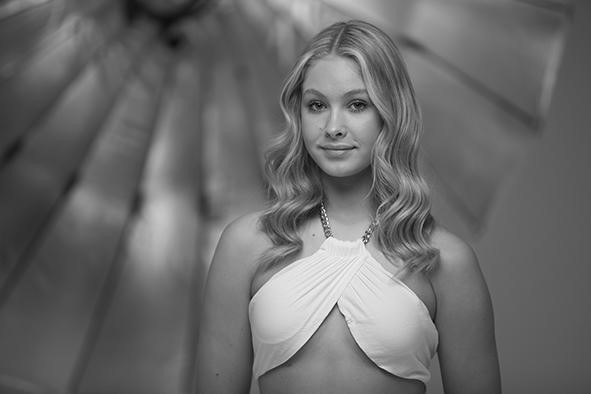
Shutter Speed
Shutter Speed will capture the end image Crisp & sharp at 1/500th or with chosen movement and blur at 1/30th. You can read more about shutter speed in my blog on exposure.
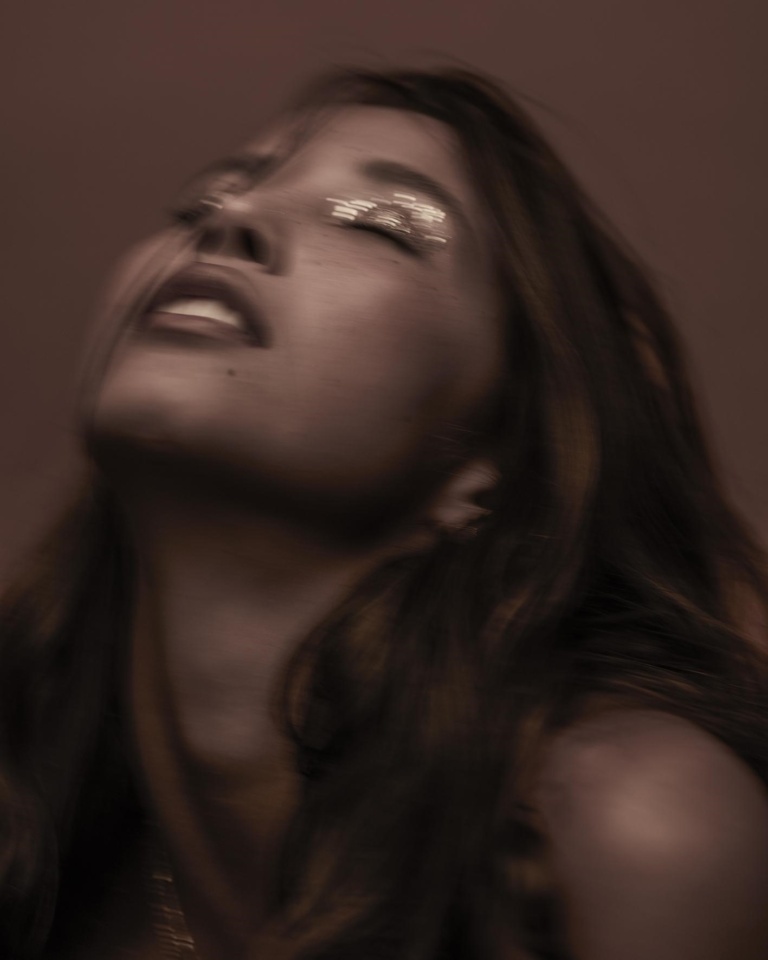
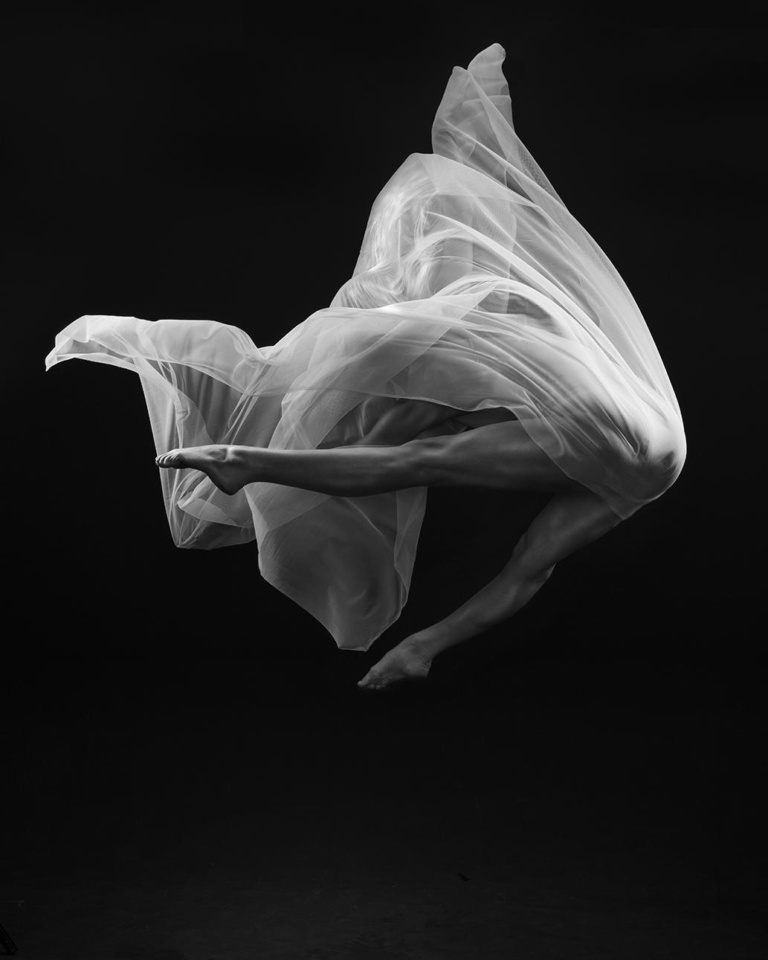
ISO
To achieve my chosen balance of Aperture & Shutter Speed do I need to adjust my ISO accordingly? I cover ISO in more detail in my exposure blog too!
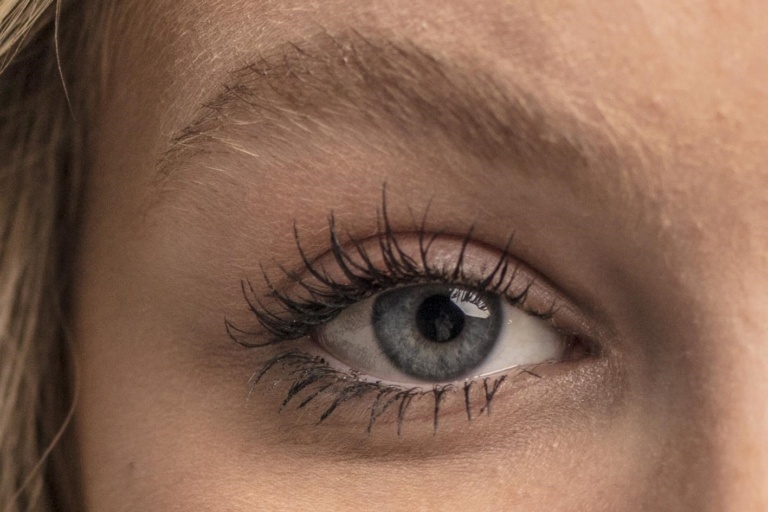
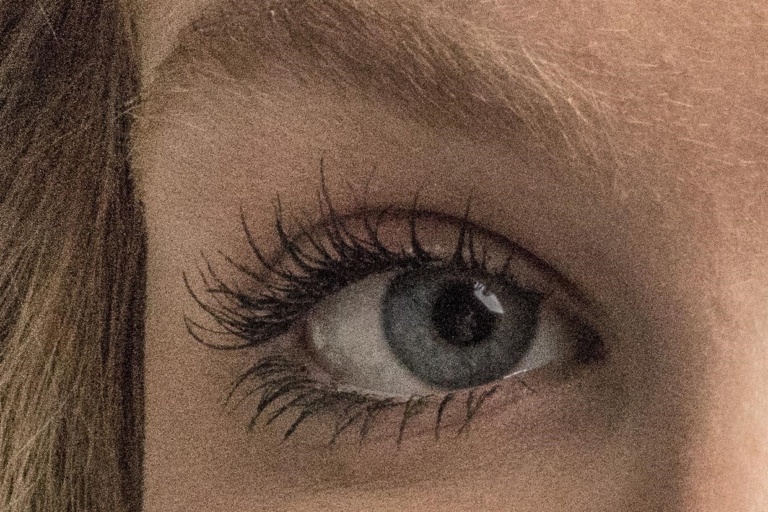
Lens
I then choose the best lens to achieve my Creative Vision by considering the following. You can find out more about this in my Lens Workshop.
- Angle of View
- Lens Compression
- Depth of Field
- Lens Distortion
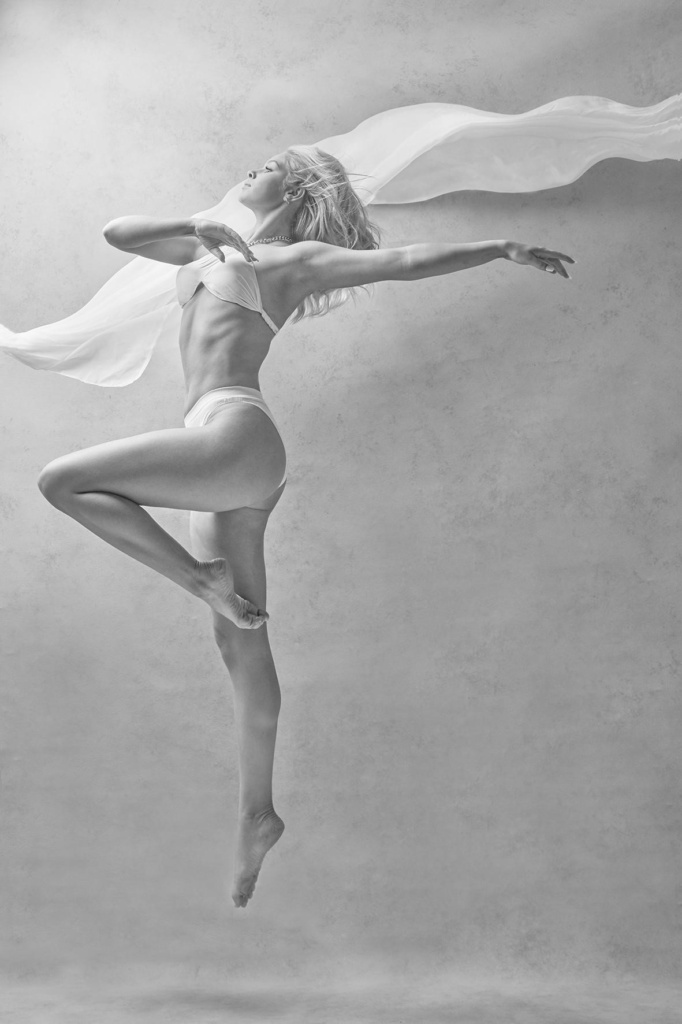
Lighting
- Hard/Soft
- High Key/Low Key
- High Contrast/Low Contrast
- Single Light/Multiple Lights
- Light Shaper
Find out more about lighting in my Lighting Workshop or check out my guide on lighting in photography.
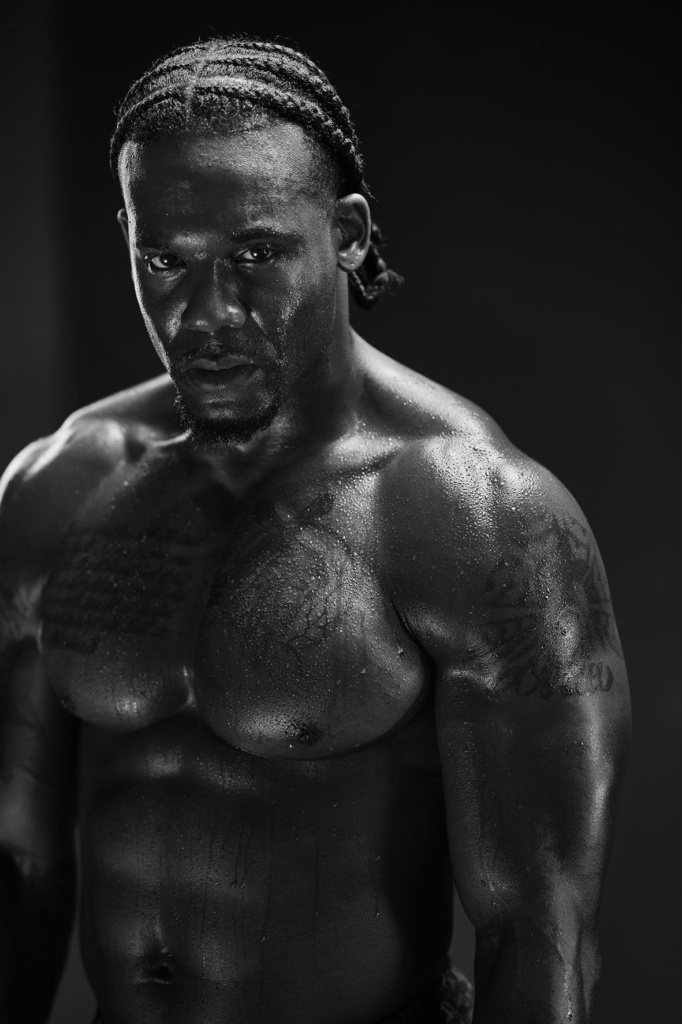
Design & Composition
- Rule of Thirds
- Triangles
- The Golden Rule
- Symmetrical/Asymmetrical
- Internal Frames
- Diagonals
I cover all of this and more in my Design & Composition Workshop.
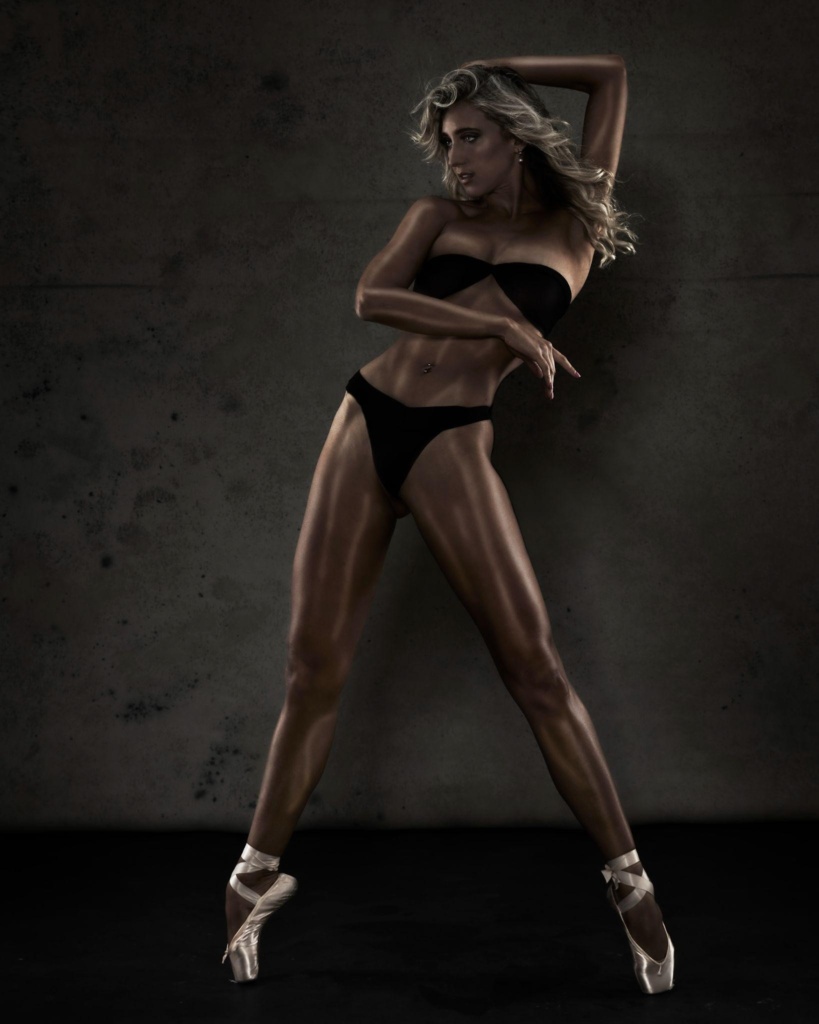
Post Production
What are the one percenters that I can apply to enhance the final image?
- Colour Balance
- Dodge/burn
- Clone
- Liquify
I cover all of this and more in my Creative Image Workshop.
These are just the decisions that need to be made photographically. You may also be involved in the selection of talent, wardrobe, makeup and location.
Adapting to Changes
With all this Creative Problem Solving you must be aware of the dynamics of a photography shoot and be ready to adjust. Whether it’s the need to adjust camera settings, find alternative lighting methods, or changing the composition & balance, the ability to think on your feet means photographers can overcome all challenges and identify unique opportunities that will stamp the images as your own unique vision. Always include, after you have achieved your initial goal, spontaneity and flexibility that can lead to unforeseen moments and amazing captures. I call this the freestyling moments, and they are key steps when learning how to become a great photographer.
Balancing Creative Vision with Photographic Limitations
Creative problem solving helps when equipment limitations don’t correspond to the Creative Vision. Again, the photographer must be able to adapt to the technical limitations and find an advantage. I often find it difficult with my multiple high powered studio flash set ups to reduce the output to achieve an aperture of f1.8. I have to use various light shapers and gobos, use ND filters, understand the change in light quality that occurs when varying the distance to the subject and adjust angles of lighting to achieve the optimum end image. All while dealing with clients, talent & time constraints.
However, the reward for the problem solving and by using the technical knowledge creatively is that photographers can transform potential limitations into opportunities for innovation and artistic expression.
The Last Word
If you want to learn how to become a great photographer, then you need to focus on creative problem solving as it plays a crucial role in the decision-making process of photography. It empowers photographers to approach challenges with curiosity, adaptability, and ingenuity. By understanding the problem, exploring alternative perspectives, adapting to changing circumstances, balancing artistic vision with technical limitations, and embracing continuous learning, photographers can constantly elevate their work to new levels. Even after decades in photography I still learn from every assignment I shoot and apply those learnings to future assignments. Check out one of my online photography courses today!
Creative problem solving not only results in visually stunning images but also allows photographers to develop and present their unique style and vision. Their personal brand. Aspiring photographers should embrace this mindset and strive to solve problems creatively, as it can be the difference between success and failure in both creative execution and in being sought after and valued in the photographic community.
